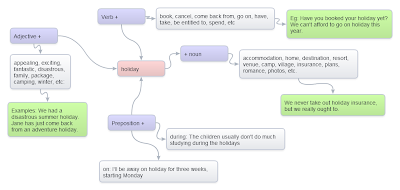Broken legs in Andorra? Yeah, that's Cockney rhyming slang for broken eggs with chistorra, and yeah, I've just invented that, the slang, I mean. :-)
Cheese-toh-what? Well, that's a type of sausage that hails from Navarre, in the north of Spain. Wikipedia tells the story better than I can, although my images are better. And the Spanish will tell you I haven't got a grandmother. :-)
Broken eggs is a literal translation of "huevos rotos"; the recipe being "Huevos rotos con patatas y chistorra". The recipe I'm publishing here wasn't copied from anywhere else; I've sampled (or stuffed my face with, depending on who's saying it) the dish in restaurants several times, and it doesn't look too complicated. The advantage of doing it yourself is that you can do it the way you like! This post is dedicated especially to Phil Wade, a sucker for fry-ups!
Ingredients:
Measurements are approximate (I use my eyes more than the scales) and are given for 1 abundant portion (with leftover for supper); multiply accordingly by the number of portions you want to prepare for.
600g potatoes
50g chistorra
3 eggs
oil for frying and 1 tablespoon of olive oil
sea salt
2. Place the sliced chistorra on the frying pan without any oil. Heat it over a small to medium flame and watch the fat ooze out! Lovely! Tip: Occasionally, scoop the excess oil and pour it into your deep-fryer. I like the sausage really well done, i.e. melt as much fat away as possible.
4. At the same time, heat a tablespoon of olive oil (if you can afford it) over a small frying pan. Heat it on a lowish flame (on my glass ceramic induction hob, I do it on mark 4). Break the eggs into the pan gently, avoiding breaking the yolks. You want them sunny-side up, and you want them slightly under-cooked. The heat of the chips will cook them further.
5. What you're aiming for is for the three ingredients to be ready in about the same time. Practice makes perfect! When they're done, place the chips onto a deep bowl. A mini-wok is great. Sprinkle a little (only a little) sea salt over the chips. Add the chistorra. Tip the eggs over this mix, oil and all.
6. With two forks, start breaking the egg yolks roughly, and toss the mixture. Serve immediately, straight from the bowl with some warm sliced baguette, if you wish.
7. However, if you're one of the finer creatures on this earth, or your guests are, you can dish it onto a plate, like this.































